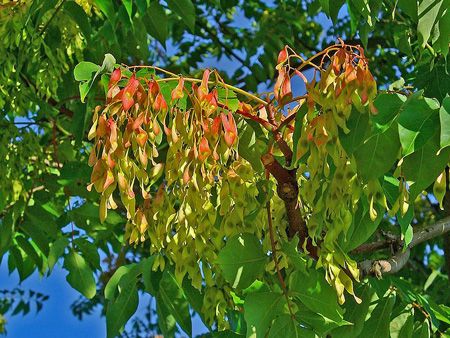-
 S0/T0
S0/T0
-
 Pisolitic
Pisolitic
-
 Tadpole
Tadpole
-
 Allotransplantation
Allotransplantation
-
 Third law of thermodynamics
Third law of thermodynamics
-
 Eddington limit
Eddington limit
-
 Leptin
Leptin
-
 Mastectomy
Mastectomy
-
 Body Mass Index
Body Mass Index
-
 Gynandromorphism
Gynandromorphism
-
 Equilibrium
Equilibrium
-
 Demodulation
Demodulation
-
 Ester bond
Ester bond
-
 Sarking
Sarking
-
 Land surveyor
Land surveyor
-
 Notonecta
Notonecta
-
 Flight control surfaces
Flight control surfaces
-
 Entomology
Entomology
-
 Partition wall
Partition wall
-
 Diaphragm
Diaphragm
-
 Diuresis
Diuresis
-
 Bus
Bus
-
 Spiral galaxy
Spiral galaxy
-
 Smooth muscle
Smooth muscle
-
 Pulmonary plague
Pulmonary plague
-
 Climacteric
Climacteric
-
 Zero day Exploit
Zero day Exploit
-
 Omentum
Omentum
-
 Moisture regime
Moisture regime
-
 Meteosat
Meteosat
Ailanthus
The ailanthus is an ornamental tree with light and elegant foliage. Its abundant, small fruit gives it a decorative aspect.
This species is often planted along roads and in cities, due to its exemplary resistance to pollution. For some time, wild specimens have developed spontaneously on uncultivated land, without being planted, growing at a surprisingly quick pace. The ailanthus is an exceptionally vigorous species!

Ailanthus altissima, Simaroubaceae. © H. Zell GNU Free Documentation License version 1.2
Names
The ailanthus (Ailanthus altissima), also called the "tree of heaven", is a member of the Simaroubaceae family.
Botanical description
The ailanthus is a large, slender tree, that can reach heights of 20 metres. Its trunk is straight and has large branches with few ramifications. Its bark is grey and smooth, with a few crevices that can form with age. Its deciduous leaves measure 40 to 50 centimetres and consist of about twenty lanceolate folioles, with 2 to 4 teeth located near their base that release an odour similar to peanuts. This is a characteristic that can help you identify the species. Its small greenish flowers bloom in clusters in late spring and release a very strong scent.

Ailanthus altissima, Simaroubaceae. © H. Zell GNU Free Documentation License version 1.2
In September, its abundant fruit, which have brownish samara and are in the shape of helices, hang in abundant clusters.
Origins
This species comes from certain regions of China and was introduced to Europe at the end of the 18th century. It is mentioned in the oldest known Chinese dictionary and named in numerous Chinese medical texts for its presumed ability to treat illnesses, from mental illness to baldness.
Growing conditions
This species does well on all types of land and in all climates. However, it prefers humid and clay soil. It can withstand drought.
Use
In China, the ailanthus used to be grown to feed silkworms. Today, it is mainly grown for its decorative qualities. Its wood is easy to work, but breaks easily and is not very durable. Its logs burn well, but emit a large number of sparks, so a fire guard must be placed in front of the hearth.
Author: Michel Caron
 Ailanthus altissima, Simaroubaceae. © H. Zell GNU Free Documentation License version 1.2
Ailanthus altissima, Simaroubaceae. © H. Zell GNU Free Documentation License version 1.2
Latest
Fill out my online form.



